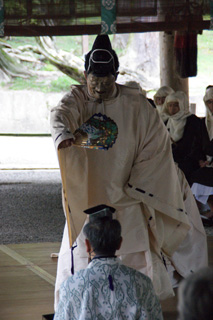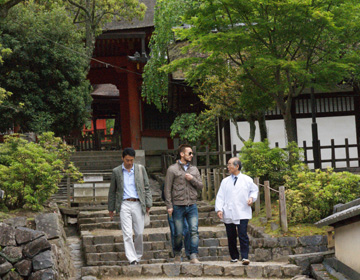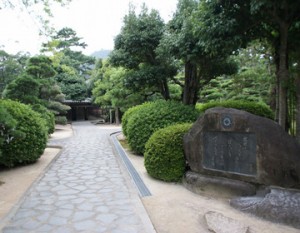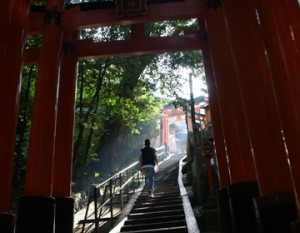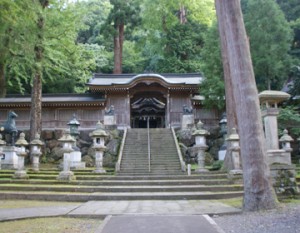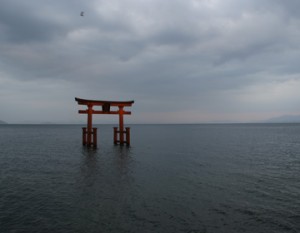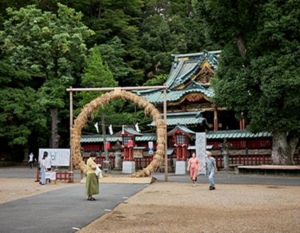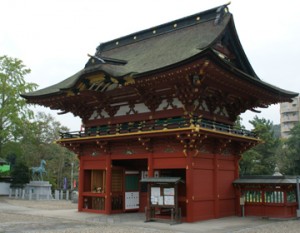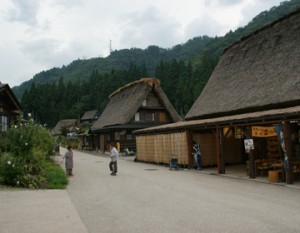Capital of Heijo built for spiritual protection
Get off at Nara station on the Kintetsu line, and you will see a big entrance gate of the shrine on your left as you look towards along Todaiji. Go through that gate and walk through Nara park and you will reach the shrine Kasuga Taisha, built for the spiritual protection of Heijokyo.
It is said that Kasuga Taisha was built in 710 when the capital was transferred to Heijo, and that was when Fujiwara Fuhito built a shrine to deify Takemikazuchino Mikoto, said to have had strong relations with the Fujiwaras, at the Mikasayama in Kasuga. Approximately 60 years later Kasuga Taisha is said to have been completed at the foot of Mikasayama, where Fujiwara no Nagate structured 4 shrines, enshrining the deities.
The Fujiwara family had strong ties with Kofukuji as well, and when Shintoism and Buddhism was synchronized, Kasuga Taisha and Kofukuji also became very close, and it was said that ”Buddhist memorial services were conducted under the protection of the gods of Kasuga Taisha.”
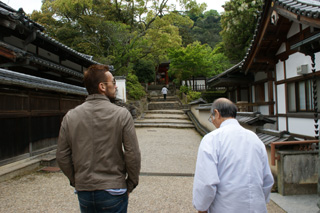
Observing the dedication dances
The day Nakata visited, the ritual ”Takigi Onoh Shushihashiri no gi” was to take place, and the Konparu school’s ”Okina” was scheduled. ”Jushi” is a Buddhist ritual to ward off and protect the space from evil. The big and fierce movements of this ritual gave it the name ”Jushi bashiri”. It is said to be one of the oldest ”jushi” art. In the past, priests had enacted these rituals, but with time performers took their place. Now in current times, the main role is performed by the character ”Okina”.
The deer of Nara park are familiar to the Japanese. The deer also have strong ties with Kasuga Taisha. The deer have been protected as messengers to god due to legend that Takemikazuchino Mikoto came riding on the back of a white deer from Kashima Jingu in Ibaragi to Kasuga Taisha. Currently there are about 1200 deer and they are designated as Japan’s natural monument. ”Kasuga Taisha”, shrine built surrounded by nature with its vermillion gates. The 1300 year-old legend still lives on to this day.
